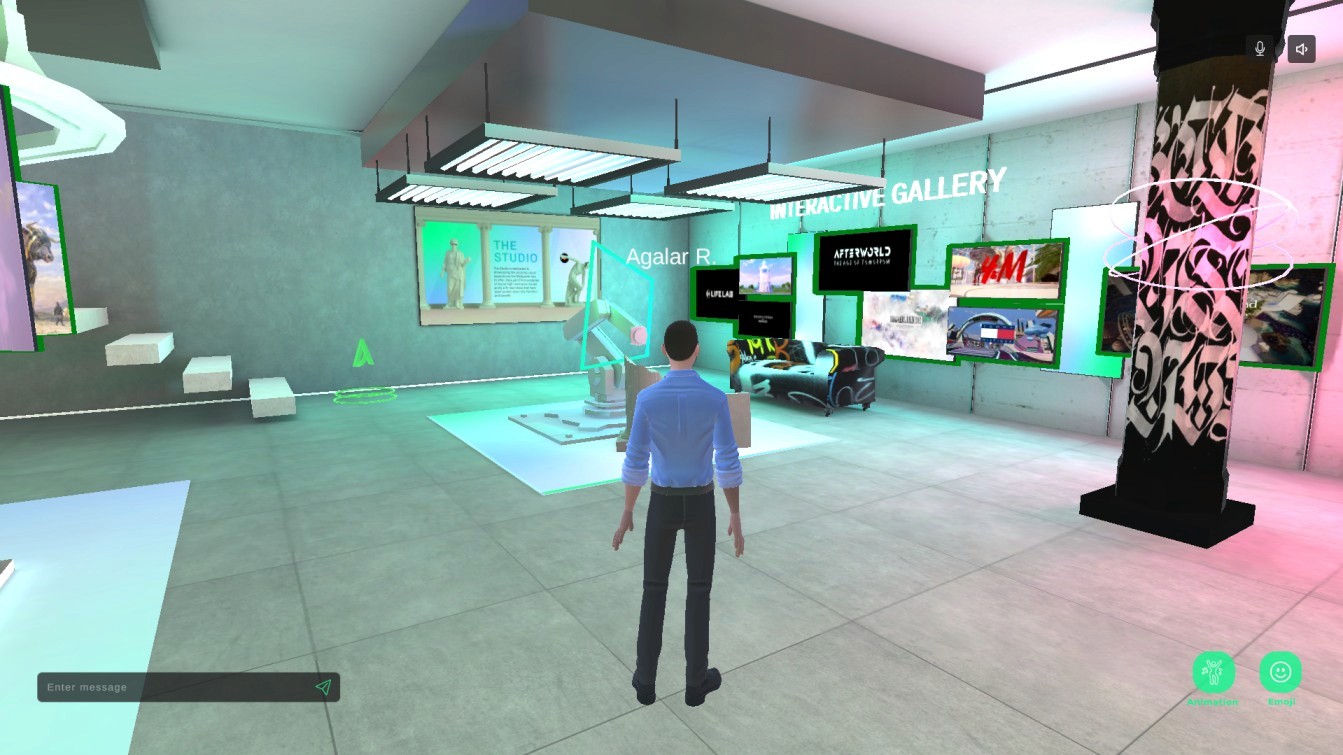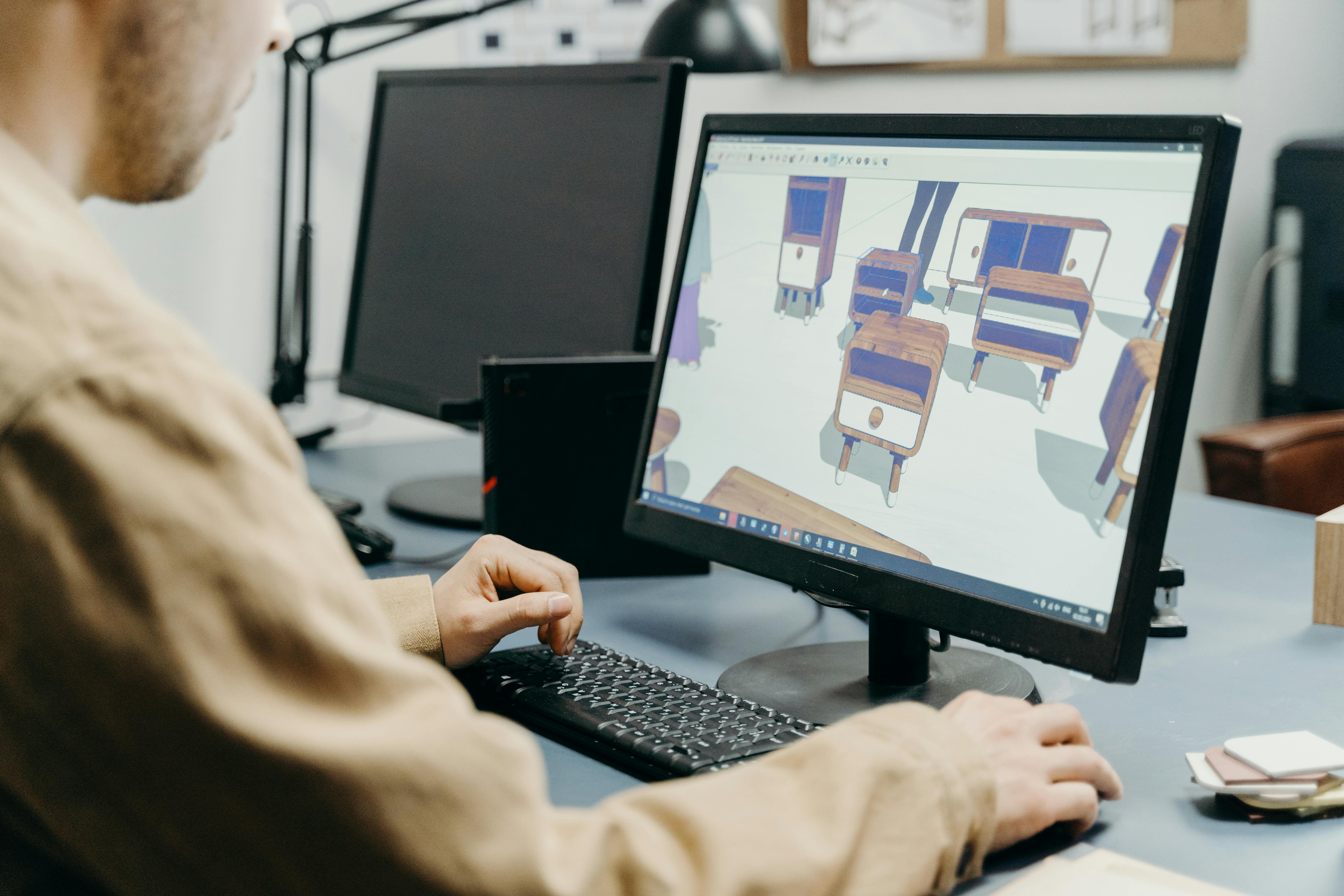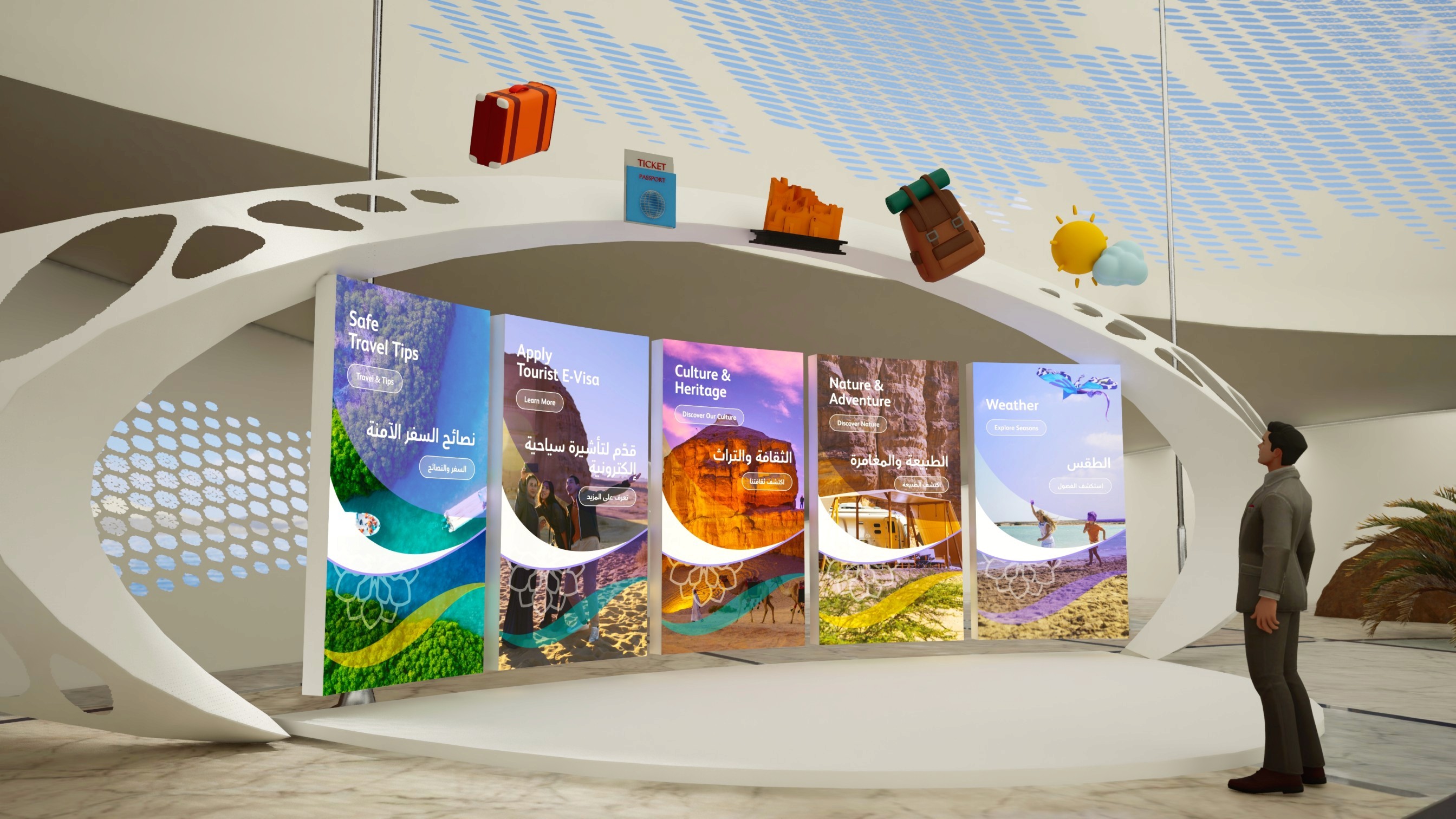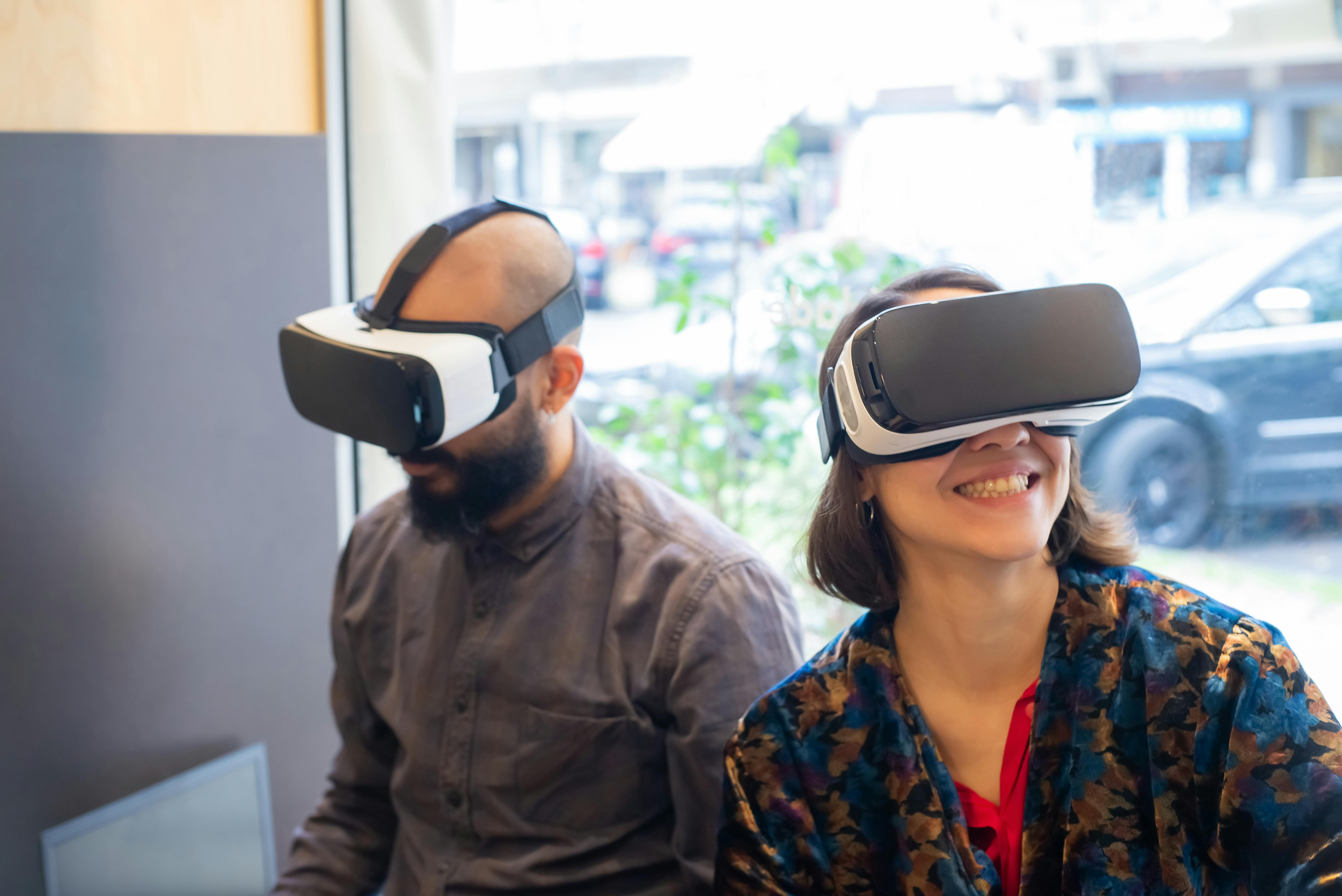3D Modeling and Rendering: Metaverse Edition
Nov 14, 2024
As we dive into the future of online experiences, 3D modeling and rendering will play a critical role in shaping the metaverse. This article explores the importance of these technologies, how they are applied in the metaverse, and why mastering these skills is essential for anyone looking to build within this new digital frontier.
What Is 3D Modeling and Rendering?
3D modeling refers to the process of creating a three-dimensional representation of an object, environment, or character using specialized software. The model, built from polygons, vertices, and edges, serves as the blueprint for the object’s structure, shape, and features. Artists use tools like Blender, Maya, or 3ds Max to craft these models, ensuring they look accurate and lifelike.
3D rendering, on the other hand, is the process of converting a 3D model into a two-dimensional image or animation. Rendering adds textures, lighting, shadows, and reflections to the model, bringing it to life. The goal is to produce a visually stunning and highly realistic final product. In the metaverse, this means making virtual environments and avatars that feel believable and engaging.
The Role of 3D Modeling and Rendering in the Metaverse
The metaverse is a collective virtual space that merges real-world elements with fully immersive virtual experiences. It’s a realm where digital assets, such as avatars, virtual land, buildings, and even entire worlds, are created using 3D modeling and rendering. The more detailed and realistic these models are, the more immersive the metaverse becomes.
Here are some key areas where 3D modeling and rendering are essential in the metaverse:
1. Building Virtual Environments
Creating the vast, open worlds that users can explore in the metaverse requires advanced 3D modeling. Whether it’s designing a futuristic cityscape, a tropical island, or an interstellar space station, these environments must be meticulously modeled to appear detailed and immersive. Every object, from the trees in a forest to the intricate architecture of virtual buildings, is created using 3D modeling.
After the models are created, 3D rendering ensures they appear realistic when viewed in the metaverse. High-quality rendering adds elements like realistic lighting, shadows, and textures that respond to the user’s perspective, making the virtual environment feel alive and responsive.
2. Designing Avatars and Digital Fashion
In the metaverse, avatars are digital representations of users. These avatars can take any form, from lifelike human characters to fantastical creatures. Designing these avatars requires a deep understanding of 3D modeling and rendering techniques. The facial expressions, body movements, clothing, and accessories all need to be accurately modeled to ensure fluid animation and interaction.
Digital fashion is also becoming a significant part of the metaverse. Fashion designers are experimenting with creating virtual clothing and accessories that can be bought, sold, and worn by avatars. Each item, from a pair of virtual sneakers to an elaborate gown, is modeled in 3D and rendered to ensure it looks appealing under various lighting conditions and movements.
3. Creating Virtual Objects and Assets
From vehicles to tools, the metaverse is filled with objects that users can interact with. 3D modeling allows creators to build these objects with precision, ensuring they function correctly within the virtual space. For instance, if a user drives a virtual car, the car’s model needs to account for the mechanics of how it moves, how the wheels turn, and how the lighting reflects off its surface.
3D rendering makes these objects visually appealing and realistic. Whether users are holding a digital item, walking through a virtual office, or interacting with digital art, the rendering process adds essential details like surface textures, material finishes, and environmental lighting.
4. Animation and Movement
Static 3D models aren’t enough to create an engaging metaverse. 3D rendering also includes the process of animating these models so that they move and interact fluidly. Avatars must be able to walk, run, talk, and interact with their environment, while virtual objects need to respond to user actions.
Animation and movement within the metaverse rely on 3D modeling and rendering to ensure everything from the motion of an avatar’s limbs to the way objects behave under physics simulations is accurate. This enhances the realism of the experience, making users feel more connected to the virtual world.
5. Interactive Experiences and Gaming
One of the most exciting aspects of the metaverse is the potential for interactive experiences and games. Users can explore virtual worlds, complete quests, or engage in multiplayer activities with other users. To make these experiences engaging, the environments, characters, and gameplay mechanics are built using 3D modeling and rendering.
In gaming, for instance, detailed 3D models are created for characters, weapons, landscapes, and interactive elements. Rendering ensures that these models react dynamically to lighting changes, physics, and user input, creating a more immersive and visually stunning experience.
The Evolution of 3D Modeling and Rendering for the Metaverse
As the metaverse evolves, so does the technology behind 3D modeling and rendering. Here are some trends shaping the future of these techniques:
1. Real-Time Rendering
In traditional 3D rendering, the process of creating a final image or animation can take hours or even days, depending on the complexity. However, in the metaverse, users expect real-time experiences. Real-time rendering technologies, such as those used in gaming engines like Unreal Engine and Unity, have become critical for the metaverse. These engines allow for high-quality, interactive 3D experiences that can be rendered instantaneously as users move through virtual spaces.
2. Photorealism in Virtual Worlds
As the demand for immersive experiences grows, the need for photorealism in the metaverse increases. 3D rendering now focuses heavily on achieving near-perfect realism through advanced lighting techniques like ray tracing, which simulates the behavior of light in a highly accurate manner. This results in lifelike reflections, shadows, and textures that make virtual environments almost indistinguishable from reality.
3. AI and Machine Learning in 3D Modeling
AI is playing an increasingly important role in the future of 3D modeling and rendering. With AI-driven algorithms, it’s now possible to automate parts of the modeling process, such as generating 3D assets from 2D images or optimizing models for performance. Machine learning also aids in enhancing textures, materials, and lighting, reducing the workload on artists while ensuring high-quality results.
4. Cross-Platform Integration
The metaverse spans multiple platforms, from VR headsets to web browsers and mobile devices. 3D modeling and rendering techniques are now evolving to ensure that assets are optimized for various platforms without sacrificing quality. This includes the development of lightweight 3D models and the use of scalable rendering techniques that adapt to different device capabilities.
Challenges in 3D Modeling and Rendering for the Metaverse
While 3D modeling and rendering offer immense possibilities for the metaverse, they also come with several challenges:
1. Performance Optimization
Rendering high-quality 3D environments in real-time requires significant computational power. Ensuring that virtual worlds remain visually stunning while running smoothly on a variety of devices is a constant challenge. Developers must optimize models, reduce polygon counts, and use efficient rendering techniques to balance performance and quality.
2. Creating Immersive Yet Lightweight Models
As the metaverse grows, so does the complexity of the worlds and objects within it. However, large, complex 3D models can be cumbersome to load and render. Artists must strike a balance between creating detailed, immersive environments and ensuring that the file sizes remain manageable for fast, seamless user experiences.
3. Maintaining Visual Consistency Across Devices
The metaverse is accessible from a wide range of devices, from high-end VR headsets to standard computers and smartphones. Ensuring that 3D models and rendered environments look good across all devices, while maintaining consistent visual quality, is a key challenge for developers.
Mastering 3D Modeling and Rendering for the Metaverse
For designers and developers looking to enter the metaverse space, mastering 3D modeling and rendering is essential. Here are some steps to get started:
1. Learn 3D Modeling Tools
Popular tools like Blender, Autodesk Maya, and ZBrush are essential for creating 3D models. These programs allow artists to sculpt, model, and animate objects and environments that can be used in the metaverse. Start by learning the basics of polygon modeling, texturing, and UV mapping.
2. Study Real-Time Rendering Engines
Understanding real-time rendering engines like Unreal Engine and Unity is crucial for creating interactive environments in the metaverse. These engines allow developers to build immersive, real-time experiences that users can interact with instantly.
3. Focus on Photorealistic Rendering
As the demand for realism grows, learning advanced rendering techniques like ray tracing and global illumination will become increasingly important. These methods add a high degree of realism to virtual worlds, making them more immersive and lifelike.
4. Experiment with AI in 3D Modeling
AI-driven tools can speed up the modeling process and improve the quality of the final product. Experimenting with AI tools that automate texture creation or optimize models for performance can give you a competitive edge in 3D modeling and rendering for the metaverse. AI can streamline workflows, reduce manual labor, and enhance the overall quality of assets by generating textures, improving lighting, or even suggesting design improvements. Leveraging these tools can help you produce high-quality models more efficiently, especially when working on large-scale virtual environments.
5. Optimize for Performance
As the metaverse relies heavily on real-time interactions, optimizing your 3D models for performance is critical. Learn how to reduce polygon counts, bake textures, and use Level of Detail (LOD) techniques to ensure that your models render smoothly without sacrificing visual quality. Mastering performance optimization ensures that your 3D assets can be used across various devices without causing lag or frame drops.
6. Stay Updated with Industry Trends
The field of 3D modeling and rendering is constantly evolving, particularly with the rapid development of the metaverse. Staying updated on the latest software advancements, rendering techniques, and industry best practices is essential. Join online communities, participate in forums, and attend virtual events or webinars to keep learning and refining your skills.
The Future of 3D Modeling and Rendering in the Metaverse
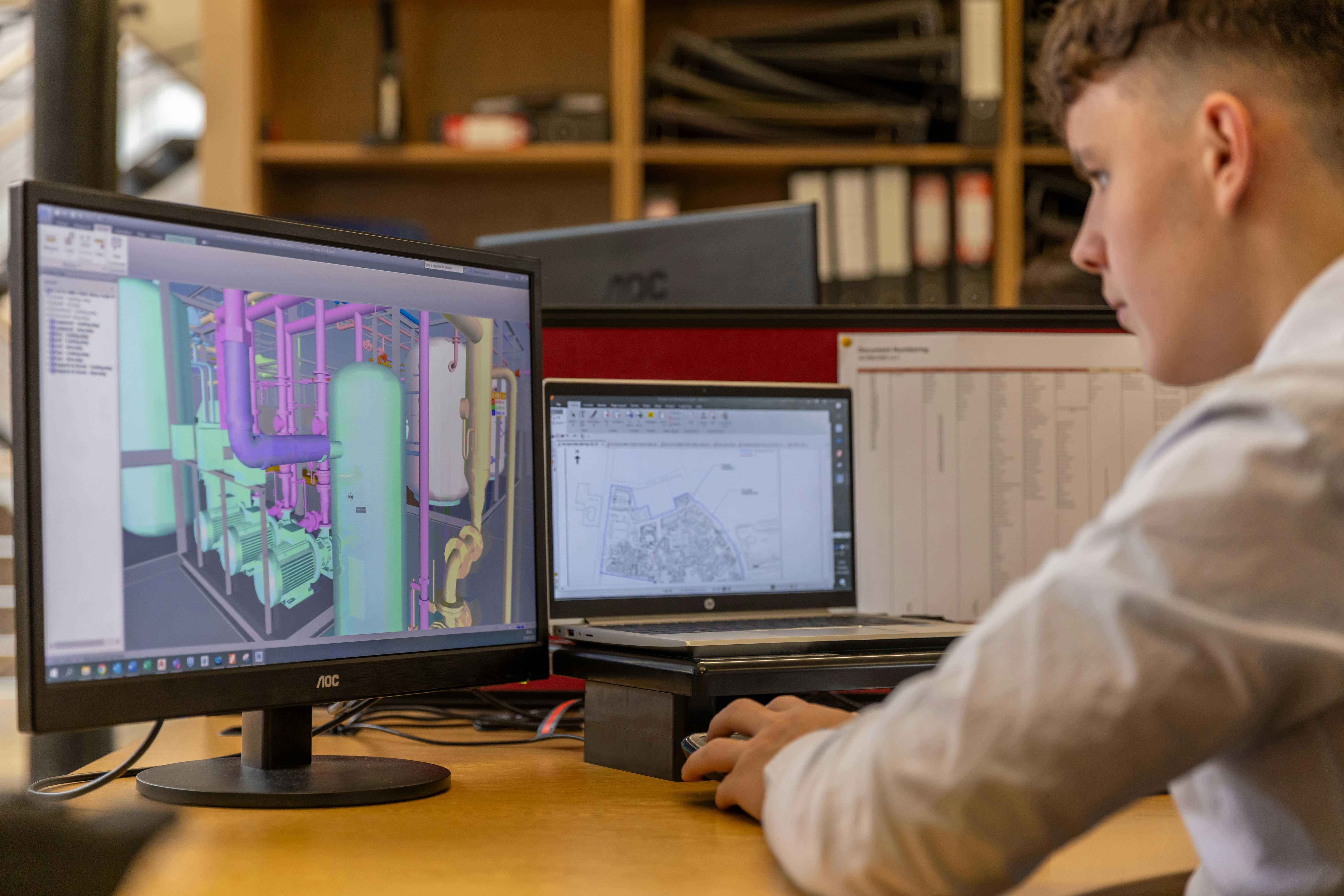
The future of 3D modeling and rendering in the metaverse looks incredibly promising. As the metaverse grows and becomes more sophisticated, so will the demand for highly detailed, interactive 3D models and real-time rendering technologies. Here are some exciting developments we can expect:
1. Enhanced Immersion with Haptic Feedback
In the future, 3D modeling and rendering could be paired with haptic feedback technology, allowing users to feel the textures of virtual objects. This would significantly enhance immersion, giving users a physical connection to their digital environments. Designers will need to model objects with tactile interactions in mind, creating surfaces that are not just visually appealing but also responsive to touch.
2. Expanding Use of NFTs and Digital Ownership
Non-fungible tokens (NFTs) are becoming an integral part of the metaverse, with users purchasing and owning unique digital assets such as avatars, virtual real estate, and collectibles. The creation of NFTs requires advanced 3D modeling and rendering skills to produce rare, high-quality digital objects. As the NFT market grows, demand for custom 3D models will increase, offering new opportunities for creators.
3. Metaverse Architecture and City Building
As virtual worlds expand, 3D modeling and rendering are becoming essential for designing entire virtual cities, landscapes, and architecture. Architects and urban planners are now designing digital buildings for the metaverse, complete with intricate details and realistic rendering. These spaces serve as gathering places, commercial hubs, and entertainment venues in the virtual universe. If you’re interested in seeing how this looks, take a look at our portfolio.
4. AI-Driven Procedural Generation
AI will play an increasing role in the procedural generation of 3D models and environments. Using AI algorithms, developers will be able to quickly generate vast landscapes, cities, and intricate objects, reducing the time and effort required to build large-scale virtual worlds. This will allow for greater creativity and exploration within the metaverse, as users can create and modify worlds with minimal manual input.
5. Cross-Platform Development
With more users accessing the metaverse from various devices, cross-platform compatibility will become crucial. Developers will need to ensure that their 3D models and rendering processes produce assets that work seamlessly across VR headsets, AR glasses, mobile devices, and desktop computers. This shift will require lightweight yet visually stunning models, optimized for multiple platforms.


